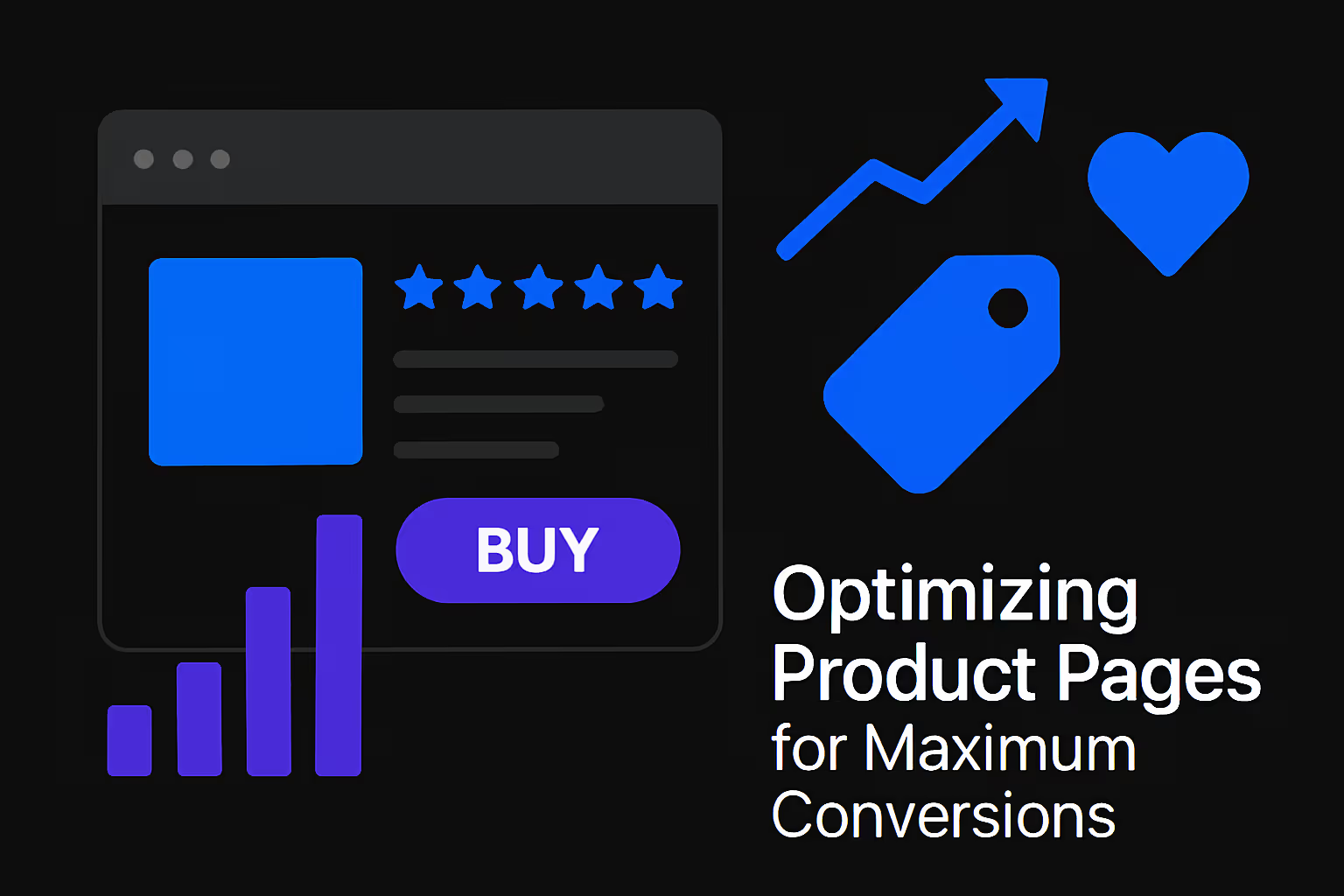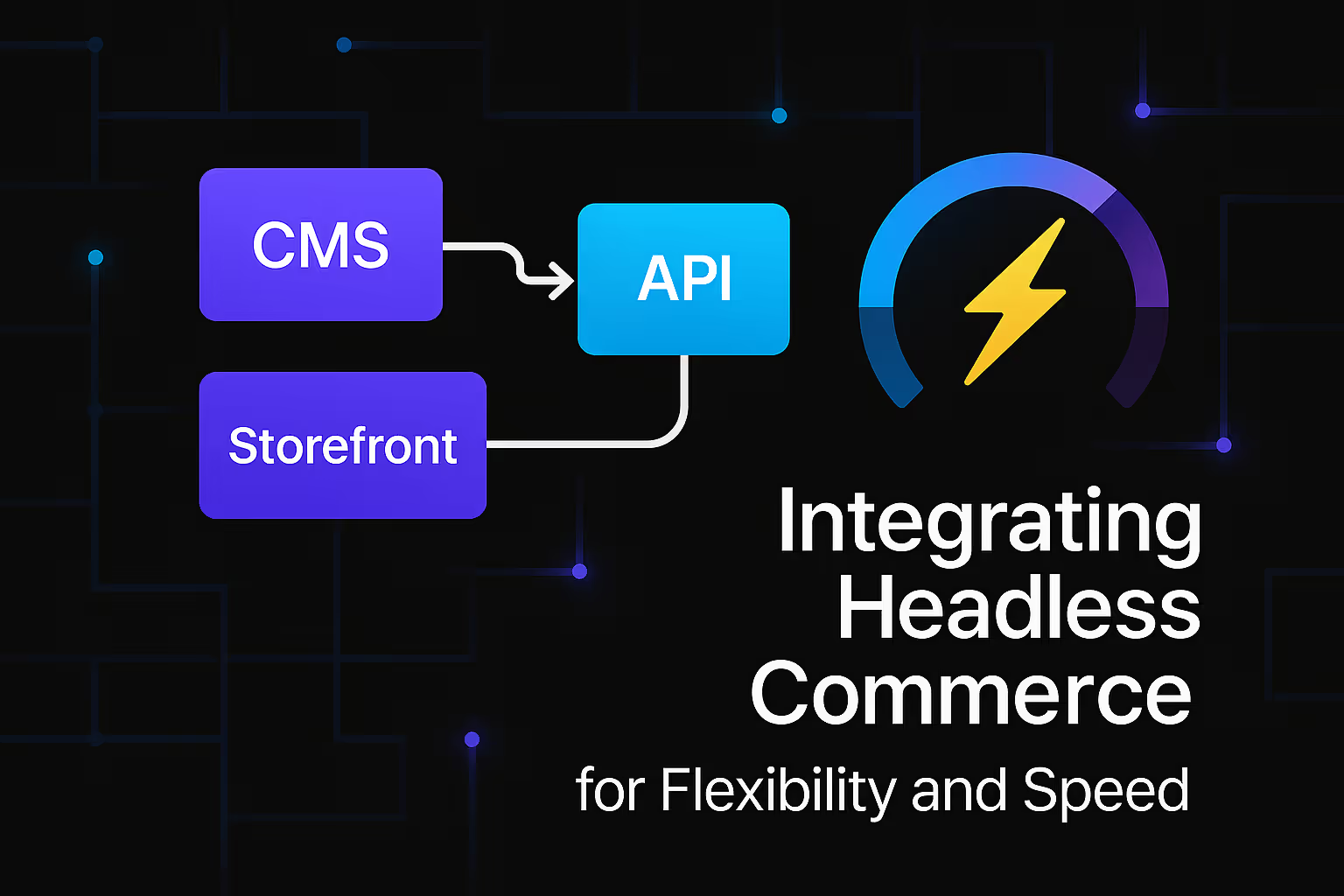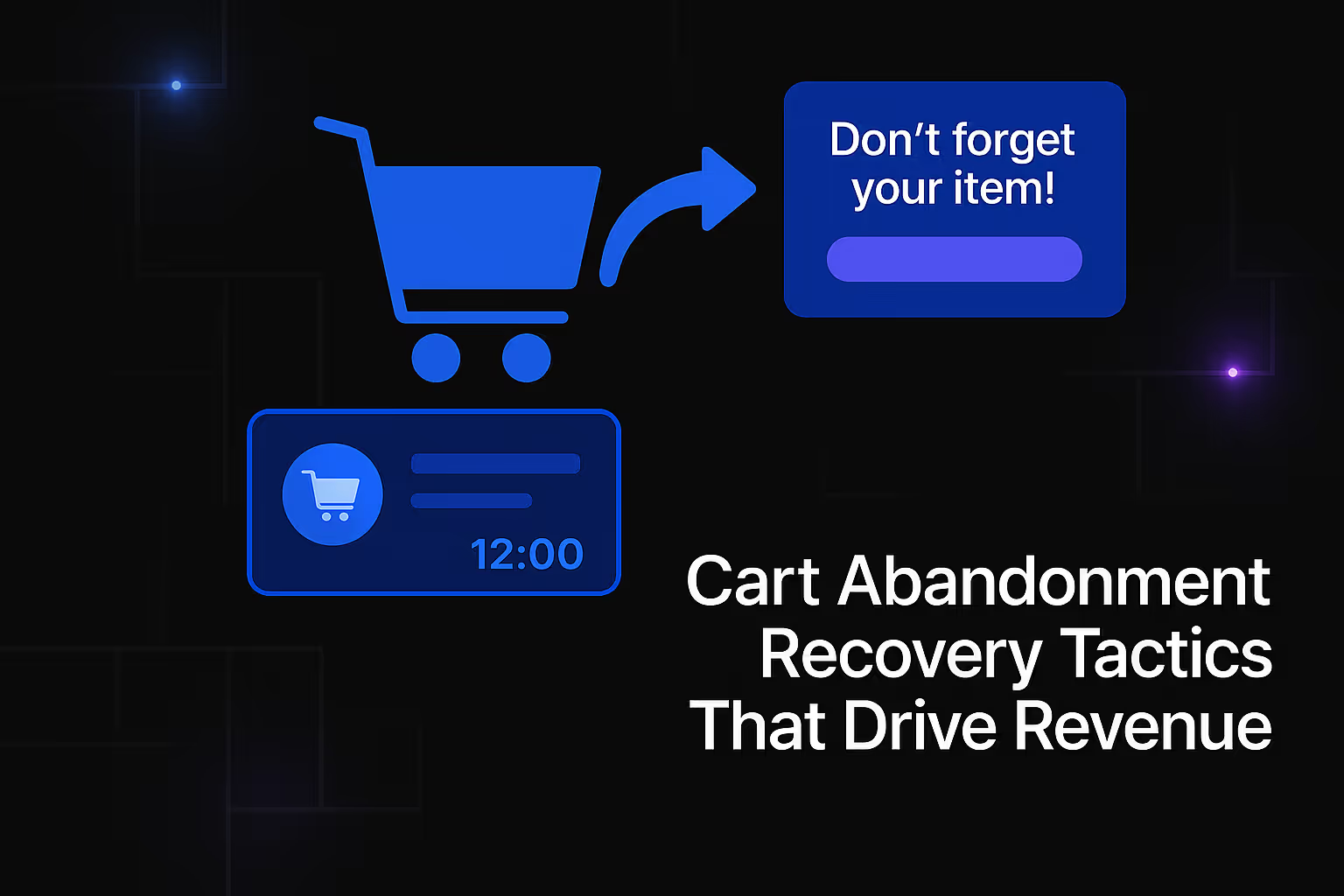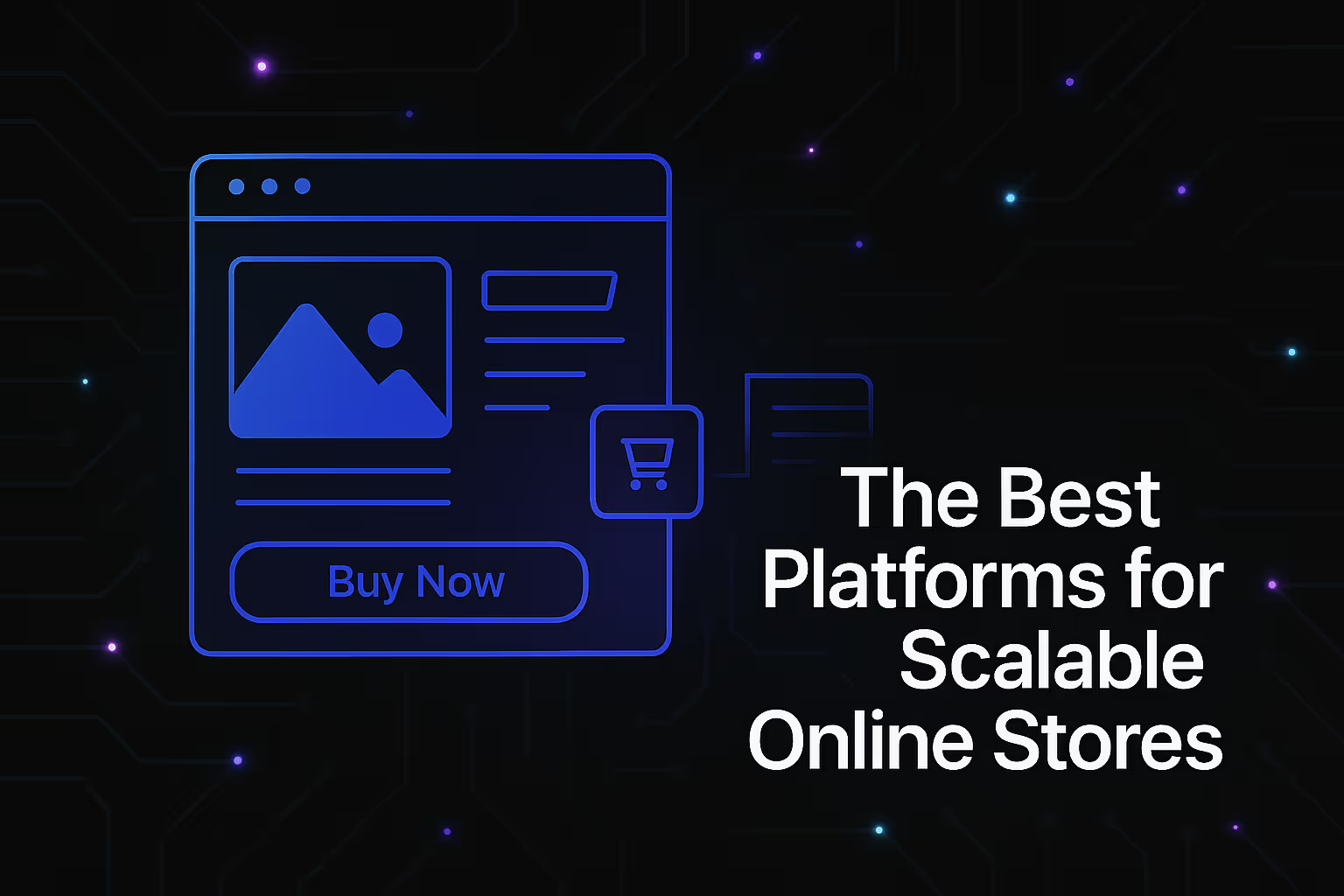Optimizing Product Pages for Maximum Conversions

E-commerce success hinges on many factors, but few are as critical as the performance of your product pages. These aren't just digital catalogs; they are the ultimate conversion hubs where potential customers decide to click "add to cart." In the intensely competitive online marketplace, optimizing these pages for both search engine visibility and user conversion is paramount. It's a delicate balance, requiring a deep understanding of how search engines interpret content and how human users make purchasing decisions. The true art lies in harmonizing search engine optimization (SEO) best practices with persuasive conversion rate optimization (CRO) strategies, creating a seamless, compelling journey from search query to a satisfied customer. This holistic approach is essential for achieving sustainable growth and dominating your niche.
Understanding the Foundation: SEO for Product Pages
Before diving into the specifics of product page optimization, it's crucial to grasp the fundamental SEO principles that govern how search engines discover, understand, and rank your content. For product pages, these principles take on specific nuances, impacting everything from visibility to perceived authority.
Crawlability and Indexability: Ensuring Visibility
Search engines use programs called web crawlers to find and analyze pages. For your product pages to even have a chance of ranking, they must be easily discoverable and understandable to these crawlers. This means your site's technical foundation must be robust.
Content that's hidden behind complex code, or important resources like images and CSS files that are inaccessible, can severely impede discoverability. A well-structured website with clear internal links helps crawlers navigate efficiently. You can also use XML sitemaps to actively encourage the crawling of your most important product pages. Once crawled, a page must be indexed, which involves processing its content, images, and other multimedia. For product pages, this requires the correct use of metadata, a focus on high-quality, unique content, and the avoidance of technical practices that could prevent indexing.
Semantic Understanding: Beyond Keyword Matching
The era of simple keyword density is over. Modern search engines rely on semantic understanding to grasp the full context and user intent behind a search query. For product pages, this means moving beyond just stuffing product names into your descriptions. Instead, the focus should be on creating content that truly answers a potential buyer's questions.
For example, a user searching for a "waterproof hiking jacket" isn't just looking for those words. They might be implicitly asking about durability, breathability, or suitable weather conditions. A semantically optimized product page will address these deeper queries through detailed descriptions, specifications, and FAQs. By understanding the broader semantic field around your product, you can create content that provides genuine value, establishes relevance for a wider range of related searches, and ultimately, builds trust with both users and search engines.
E-E-A-T for Product Pages: Building Trust and Authority
Experience, Expertise, Authoritativeness, and Trustworthiness (E-E-A-T) are foundational pillars in Google's guidelines for evaluating content quality. While often discussed for informational articles, E-E-A-T is equally vital for product pages.
- Experience is demonstrated through detailed descriptions, high-quality images and videos showing the product in use, and user-generated content like reviews.
- Expertise is conveyed through the accuracy and depth of your product information. Are specifications clearly listed? Do you provide insights only an expert would know?
- Authoritativeness is built by showing your brand is a reputable source. This involves clear branding, consistent messaging, and linking from relevant blog posts to your product pages.
- Trustworthiness is critical for conversions. This includes transparent pricing, clear shipping and return policies, secure payment gateways, and displaying user reviews.
By meticulously integrating E-E-A-T principles, your product pages not only rank higher but also convert more effectively, transforming visitors into loyal customers.
Key Elements of an Optimized Product Page
Optimizing a product page is a multi-faceted endeavor, touching on content, technical aspects, and user interface design. Each element plays a crucial role in enhancing both search engine visibility and the likelihood of conversion.
High-Quality Product Descriptions
The text on your product page is its most fundamental component. A product description must do more than just list features; it must tell a story, evoke desire, and comprehensively answer all potential questions. Craft unique, engaging narratives for each product, avoiding generic manufacturer descriptions which can cause duplicate content issues. Focus on the benefits of the product, explaining how it solves a problem or enhances the user's life, rather than just reciting specifications. Use natural language that incorporates relevant keywords and phrases that real people use.
Compelling Visuals and Multimedia
In e-commerce, visuals are everything. High-resolution images that showcase the product from multiple angles, in different contexts, and with zoom functionality are non-negotiable. Consider incorporating product videos, 360-degree spins, or even augmented reality (AR) experiences. For SEO, ensure image file sizes are optimized to prevent slow page loading and use descriptive file names and descriptive alt text for every image.
User Reviews and Testimonials
Social proof is a powerful conversion driver. User reviews and testimonials add immense credibility and trust. They demonstrate that real people have used and enjoyed your product, providing unbiased perspectives. From an SEO standpoint, reviews contribute fresh, user-generated content, which search engines value. Furthermore, implementing schema markup for reviews can enable your product pages to display rich snippets in search results, showing star ratings directly under your listing and significantly increasing click-through rates.
Structured Data (Schema Markup)
Structured data, or schema markup, is a powerful but often underutilized SEO tactic for product pages. It involves adding specific code to your HTML that helps search engines better understand your page content. Implementing Product schema can enable your listings to display rich snippets in search results with information such as price, availability, and ratings. This enhanced visibility attracts more qualified clicks.
Optimized Product Titles and Meta Descriptions
The product title (<title> tag) and meta description are your handshake with the search engine user. Your product title should be unique, concise, and include your primary target keyword(s). The meta description, while not a direct ranking factor, is crucial for encouraging clicks by providing a compelling summary of the product page, highlighting key benefits and a clear call to action.
URL Structure
A clean, descriptive, and SEO-friendly URL structure is essential for product pages. URLs should be easy to read for both humans and search engines and ideally include the primary keyword. For example, yourstore.com/category/product-name is far superior to yourstore.com/p?id=12345.
Internal Linking
Internal links, connections between pages within your own website, are powerful for both SEO and user experience. For product pages, strategic internal linking can guide users to related products and help distribute "link equity" throughout your site, strengthening the authority of your pages.
Page Speed Optimization
Page speed is a critical ranking factor and a significant determinant of user experience. Optimize your images, leverage browser caching, and consider a Content Delivery Network (CDN) to ensure fast loading times. Slow product pages lead to higher bounce rates and frustrated customers, directly impacting conversions.
Mobile Responsiveness
The vast majority of online shopping now occurs on mobile devices. Ensuring your product pages are fully mobile-responsive is a necessity. Google prioritizes mobile-first indexing, meaning it primarily uses the mobile version of your content for ranking. A non-responsive page will be penalized in search rankings and will frustrate mobile users, leading to lost sales.
Call-to-Action (CTA)
While not a direct SEO factor, a clear and prominent Call-to-Action (CTA) is the lynchpin of product page conversion. Ensure your "Add to Cart" or "Buy Now" button is highly visible, intuitively placed, and uses compelling, actionable language. The goal is to make the purchasing decision as effortless and clear as possible.
User Experience (UX) and Conversion Rate Optimization (CRO) Synergy
The journey from a search query to a conversion is intrinsically linked to the user's experience. SEO attracts users to the door, but UX and CRO invite them in and guide them toward a purchase. These disciplines are deeply intertwined. A user-first approach, a core principle of modern SEO, inherently champions good UX. Search engines favor pages with clear navigation, intuitive layouts, and minimal friction.
CRO focuses on optimizing a page's elements to increase the percentage of visitors who complete a desired action. This involves simplifying the checkout process, offering multiple payment options, and providing clear delivery estimates. The synergy is clear: SEO attracts qualified traffic, while UX and CRO convert that traffic. A technically sound, highly relevant page that ranks well will falter if the user experience is poor. By viewing product page optimization through this combined lens, you can create pages that not only rank prominently but also consistently deliver maximum conversions.
Analytics and Iteration: The Continuous Optimization Loop
SEO and CRO are not one-time projects; they are continuous processes of monitoring, analyzing, adapting, and refining. To maintain peak performance, a robust system for analytics and iterative improvement is indispensable.
Use tools like Google Analytics and Google Search Console to monitor key metrics such as organic traffic, conversion rates, and bounce rates. Analyze which keywords are driving traffic and where users are dropping off. Armed with this data, you can form hypotheses for improvement. For instance, if a page has high traffic but a low conversion rate, it might indicate a problem with the product description or pricing.
This is where A/B testing comes into play. A/B testing allows you to compare two versions of a product page element (e.g., a different headline or button color) to see which performs better in terms of conversions. By testing one variable at a time, you can scientifically determine what changes genuinely improve your conversion rate. This commitment to continuous learning and adaptation ensures that your product pages remain agile and competitive, consistently delivering results in a dynamic online environment.
Similar Insights
Stay Updated with Our Insights
Join our newsletter for the latest trends and tips in web development and digital marketing.




